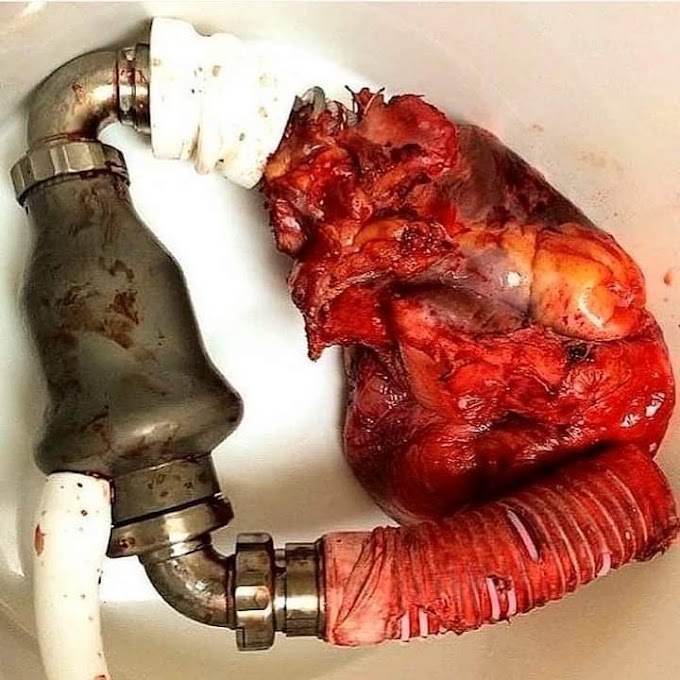A veteran rocket from billionaire entrepreneur Elon Musk's SpaceX aerospace company launched 143 spacecraft into space on Sunday, a new record for the most spaceships deployed on a single mission, according to the company.
The reusable rocket ferried 133 commercial and government spacecraft and 10 Starlink satellites to space - part of the company's SmallSat Rideshare Program, which provides access to space for small satellite operators seeking a reliable, affordable ride to orbit, according to the company.
SpaceX has previously launched to orbit more than 800 satellites of the several thousand needed to offer broadband Internet globally, a $10 billion (roughly Rs. 72,900 crores) investment it estimates could generate $30 billion (roughly Rs. 2,18,700 crores) annually to help fund Musk's interplanetary rocket program, called Starship.
What is Starlink?

Starlink is the next-generation satellite network by SpaceX, aiming to deliver both cost-effective and fast internet to underserved remote areas facing internet-access difficulties. It is going to be in the league of its own, consisting of a mega-constellation of communication satellites. The floating network will dominate the Earth’s low orbit with 42,000 mini-satellites, and the spacecraft company has already rocketed around 500 of them into the orbit.
The level of complexity that comes with overcoming the engineering and technical challenges of bringing such a fascinating system online is enough to capture the attention of many space enthusiasts for long. Each of the mini-satellites works like a wireless router – more like a solar-powered, flying wireless router, and its phased-array antennas that point towards the Earth will link to terminals on the ground. To connect Starlink, users will have to connect to their designated ground terminals.
What are the controversies surrounding Starlink and Why?
The very first issue that has been brought up is that the number of active satellites orbiting around the Earth is close to 5000, and adding a massive fleet of mini-satellites might increase the possibility of “space” accidents – not to mention also the resulting debris falling into the Earth. However, according to SpaceX, the satellites are actually designed to disintegrate in the event where they re-enter the Earth’s atmosphere.
There is another issue that has just recently surfaced, plaguing many photographers – astrophotographers to be specified. Several photos of an extremely rare comet “NEOWISE” that only appears once every 6800 years were ruined by the brightness of the satellites. There are now only approximately 500 of Starlink’s satellites in space – just imagine the impact it will have on astrophotography when the constellation is in full force.
The presence of the mini-satellites in space has interfered with space observations, with many scientists expressing concern over the visibility of the satellites. But, SpaceX has been experimenting with measures to reduce the visibility of its satellites although the company claimed that it is exceptionally difficult to solve problems related to orbital brightness.
The Starlink project is nowhere near to solving the problems that have been raised, and there are likely other matters that have yet to surface. Nevertheless, it will be a breakthrough in the field of satellite systems if everything goes as planned.
How does Starlink work?
Once it becomes fully operational, Starlink will be able to offer internet access from virtually anywhere on the planet. The goal of the Elon Musk Starlink effort is to launch thousands of small satellites, all of which will be in low Earth orbit. They will be able to transmit fast internet signals down to Earth.
Each satellite in this Elon Musk Starlink project weighs just 573 pounds (260kg). They are basically very flat and then when 60 of them are placed inside one of SpaceX’s Falcon 9 rockets. When they are put in orbit, a single large solar array comes out to power the satellite. The main portion includes four powerful antennas for internet transmissions. They also have lasers that connect each satellite with four others in orbit. Finally, they include ion thrusters that use krypton gas. This allows them to stay in orbit longer even at these lower distances from Earth.
Starlink internet speed
The SpaceX Starlink satellites will be in low orbit, around 350 miles above the Earth. Because of that relatively short distance, SpaceX claims the latency should be between 25ms and 35ms. That should be fast enough for most internet tasks, including gaming. Download speeds should also be pretty quick, at about 1Gbps. SpaceX has yet to confirm what upload speeds will be like.
By comparison, the current HughesNet satellite internet service offers download speeds of up to 25Mbps. However, its latency speeds are much slower at about 600ms.
A recent thread on Reddit claims that the early beta tests for Starlink speeds show download speeds of between 37Mbps and 60Mbps, with upload speeds from between 4.5Mbps and 17.70Mbps. These speeds have been unconfirmed by SpaceX. In a CNN article, emails reportedly sent by Starlink to possible beta testers stated that speeds for them will be “50Mb/s to 150Mb/s and latency from 20ms to 40ms”. The emails added that Starlink expects to improve on those speeds in the coming months. Indeed, a Reddit thread on download speeds show that they are being recorded at 150Mbps at the moment.
The company launched its first test satellites in 2018. This was followed by the first official 60 satellites for the service in 2019. As of this writing, SpaceX has put up about 1,000 of the satellites into orbit. The latest launch happened in late November 2020. In early 2021, the program plans to have as many as three launches a month, again with 60 Starlink satellites on each rocket.







0 Comments